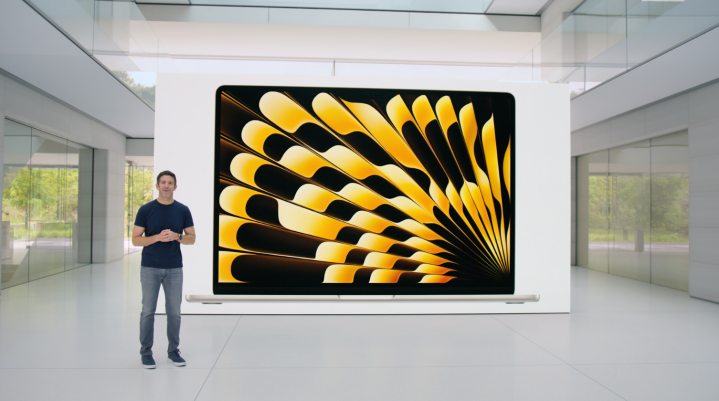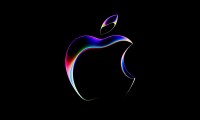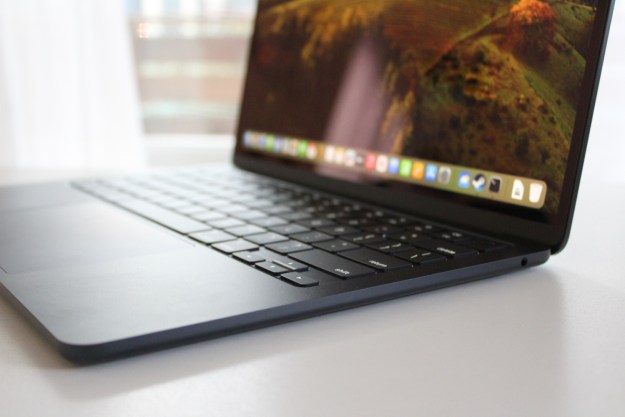Apple has launched a brand-new 15-inch MacBook Air at its Worldwide Developers Conference (WWDC). It joins the 13-inch model and marks the first time the MacBook Air has come in two sizes since the 11-inch version was discontinued in October 2016. Apple says it costs $1,299, while the 13-inch MacBook Air has dropped $100 in price to $1,099.
Despite its larger size, the 15-inch MacBook Air is very similar to its smaller sibling in most regards. That lines up with pre-event rumors and reports that had claimed the device would be a near-mirror image of the existing 13-inch MacBook Air.

As with the 13-inch MacBook Air, the larger version is powered by an M2 chip. Its display comes in at 15.3 inches across, but has the same 500 nits of brightness as the 13-inch version. Its battery chugs along for 18 hours, according to Apple.
It comes in four colors and boasts MagSafe, two Thunderbolt ports, and a headphone jack. It also packs in a 1080p webcam, three microphones, and a six-speaker array with spatial audio.
In the months before WWDC, some leakers had reported the 15-inch MacBook Air could come with a powerful M3 chip built on a 3-nanometer process. However, as the show’s event loomed ever larger on the horizon, that idea fell by the wayside. It now seems that the MacBook Air will have to wait a little longer for Apple’s next-generation chip.
With two sizes of MacBook Air to choose from, consumers in the market for a thin and light laptop will have a little more to think about from now on.
Editors' Recommendations
- These 6 tweaks take MacBooks from great to nearly perfect
- If you buy one MacBook Air alternative, make it this one
- The case for buying the M2 MacBook Air over the M3 model
- Which color MacBook should you buy? Here’s how to pick
- Why you should buy a MacBook Air instead of a MacBook Pro





